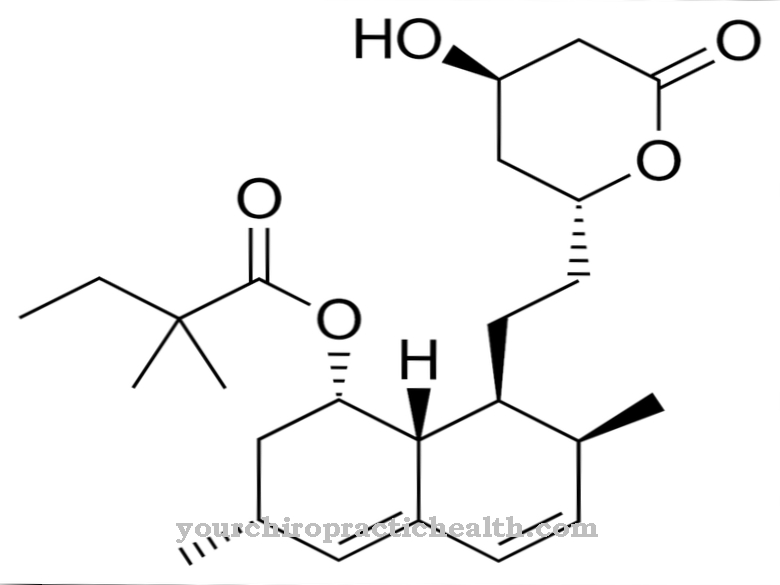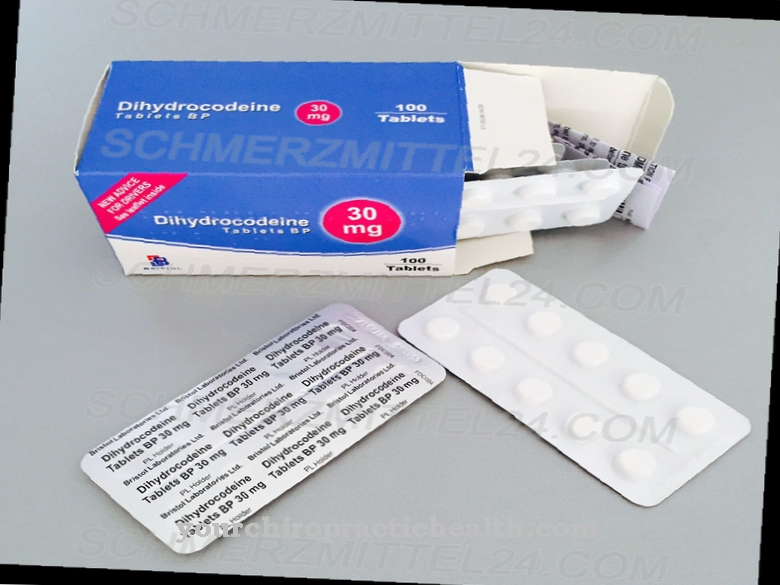The active ingredient Adapalene is of great importance in therapy against skin diseases. The remedy is used externally and is supposed to regulate the function of the sebum glands. An improvement is therefore primarily achieved with blackheads - the so-called comedones.
What is adapalene?

Adapalene is obtained from naphthoic acid. This has a disinfecting effect. In the modification to adapalene, the base material also has a slightly anti-inflammatory effect. Creams, ointments and gels are therefore enriched with the chemical substance. It can therefore only be taken externally.
The product can achieve a visible improvement within four to eight weeks, depending on the patient's physical condition. It must therefore be applied continuously and on a long-term basis. However, errors are relatively common when using the adapalene. The creams are used for various skin diseases without precise instructions from a doctor.
But that's not what they are designed for. They must not be applied directly to open wounds and eczema. Its use should therefore be limited to a few symptoms and should mainly be considered in the case of increased production of the sebum glands.
Pharmacological effect
A malfunction of the sebum glands of the skin is involved in the so-called comedones. They produce increased levels of fat. This in turn can only be insufficiently removed from the pores. As a result, small and initially white-colored blemishes settle on the skin.
The forehead, nose and chin are primarily affected. After a few days, the blackheads can turn gray to dark in color. With increasing consumption of a high-fat diet, the comedones will appear more frequently. The malfunction of the skin can be regulated through the use of adapalene. The cream is applied to the affected areas. This should be done once a day.
It is used, as recommended by the doctor, in the evening after the skin has been cleansed. The adapalene first acts against any foci of inflammation. Redness is minimized and the itching is reduced. The long-term effect lies in the access to the sebum glands. Your production of fat is slowed down. The first visible results should appear after about one to two months.
Medical application & use
The use of adapalene has so far been mainly reduced to two clinical pictures. On the one hand, it is used to improve the aforementioned blackheads. Various forms of acne - primarily acne vulgaris - are treated with it. The comedones should be mild to moderate in severity.
If they reach a more intensive stage, the adapalene can usually not help as desired. On the other hand, it is recommended for the chronic disease of rosacea. This in turn poses a problem for laypeople use. The purpose of adapalene is often extended to other skin diseases such as neurodermatitis or acute wounds and insect bites. However, this error can be fatal. The cream can be applied to closed wounds without exception.
Otherwise it causes severe itching and burning and can in turn cause eczema. The anti-inflammatory effect will therefore only be visible on an area of the skin that has not yet been attacked. It therefore requires the diagnosis and further treatment advice from a specialist before the adapalene is used.
Risks & side effects
If misused, Adapalen can cause the skin to burn and itch. The cream must therefore not be applied to open eczema or come into contact with the mucous membranes in the mouth and nose.
In addition, it should be avoided before a long stay in the sun. Otherwise, the connection of the adapalene with the UV light can also lead to a rash. Likewise, the use of several acne ointments at the same time proves to be problematic.
Like adapalene, they have a very drying effect. This in turn can cause irritation to the skin. In this case, slight flaking of the skin could also come to light. In principle, the use of the cream is therefore somewhat reduced.
























.jpg)



